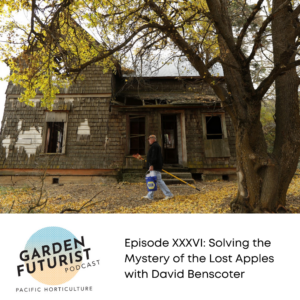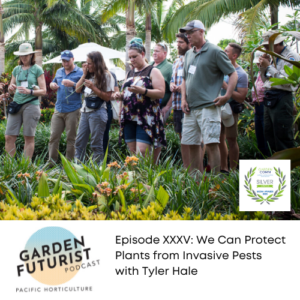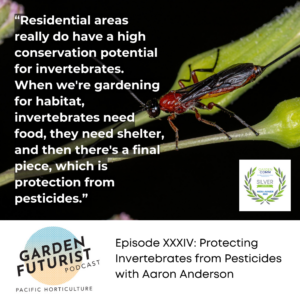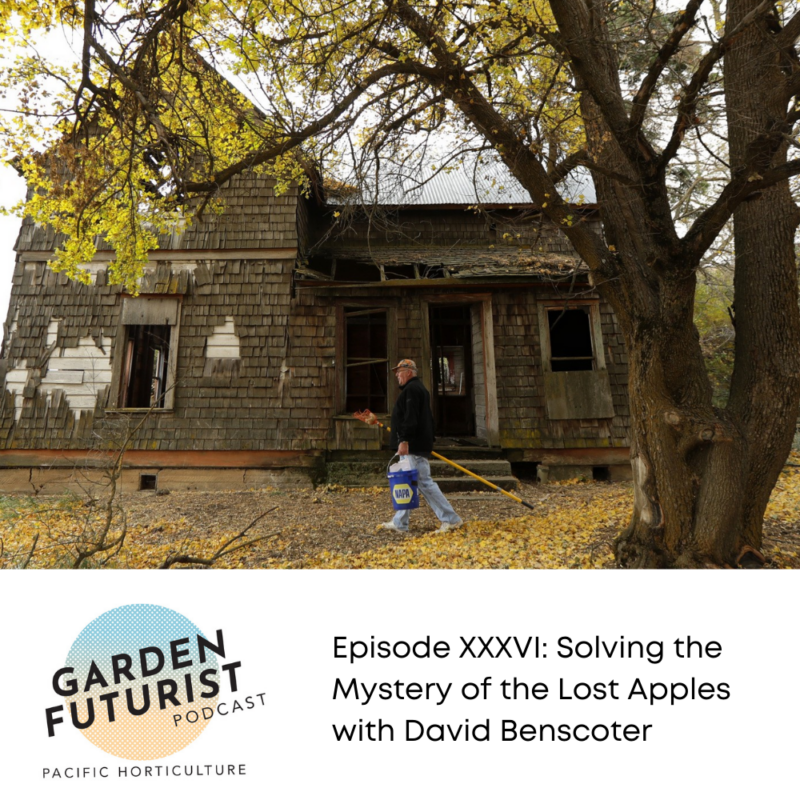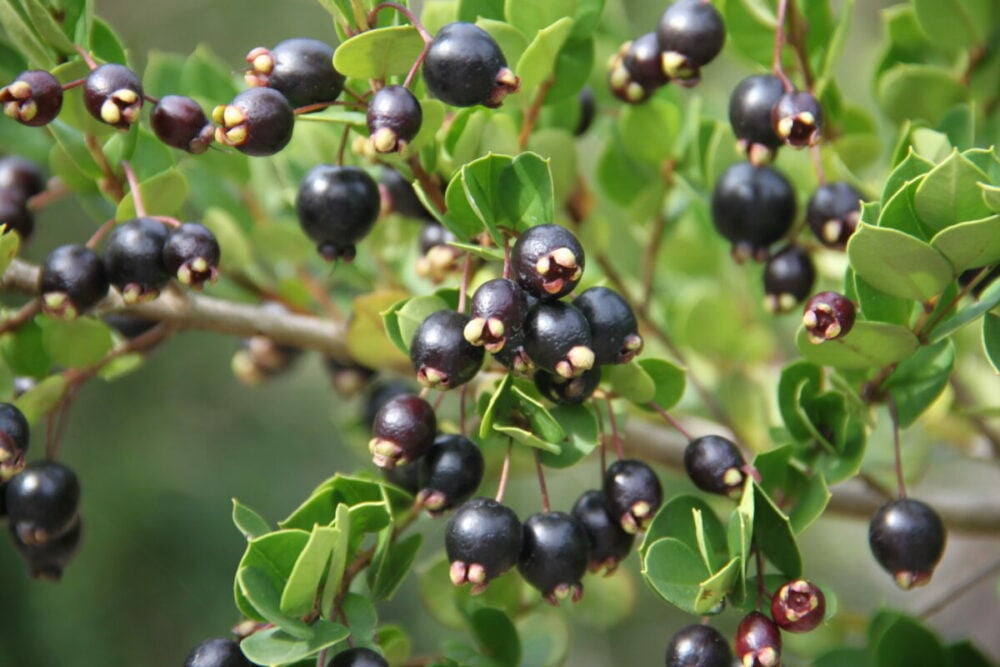

Contributor
- Topics: Archive, Nature is Good For You
Unstructured play and discovery help our kids find their way in the world. Photo: Pixabay CC
“Environmental stewardship isn’t rooted in knowledge-based education, but is grounded in early experiences in which children feel love for and oneness with their natural surroundings”
–David Sobel, Beyond Ecophobia
What is Play?
In old English plegian meant, “to exercise,” and in Middle Dutch pleyen is “to leap for joy” or “to dance.” Today we most often use “play” in reference to engaging in a competitive sport. Play—as in to leap for joy—seems to be a critically endangered activity for modern children. The whole notion of childhood as a time for play, and even the idea that our kids would engage in an activity for enjoyment rather than as a serious or practical purpose has become rare. It seems that many of our children no longer know how to play, and, when given the opportunity to go outside, quickly become bored and whine at the backdoor to be let back in. A Nature Conservancy survey found that many teens explained that they chose to stay indoors due not only to a lack of places to play, but also due to a lack...
READ THE WHOLE STORY
Join now to access new headline articles, archives back to 1977, and so much more.
Enjoy this article for FREE:
Articles: Calochortophilia: A Californian’s Love Affair with a Genus by Katherine Renz
If you are already a member, please log in using the form below.



